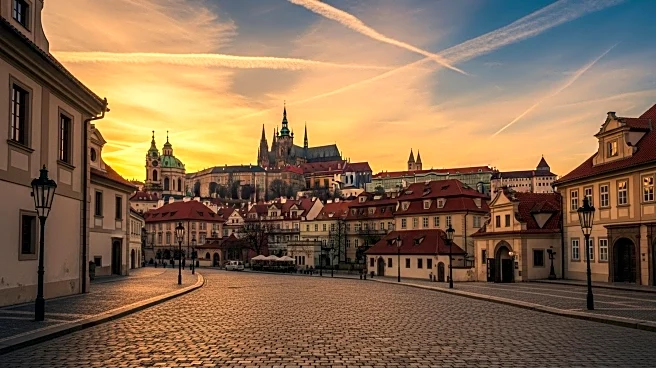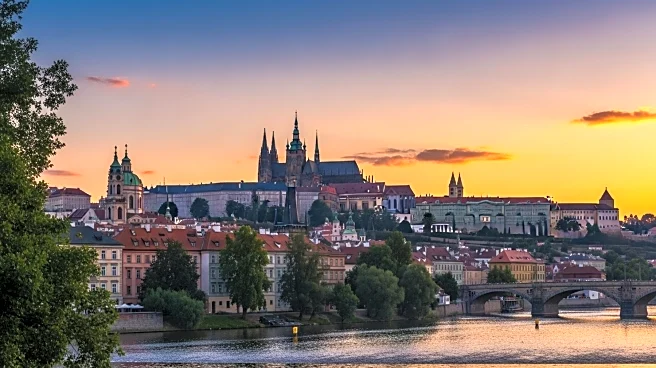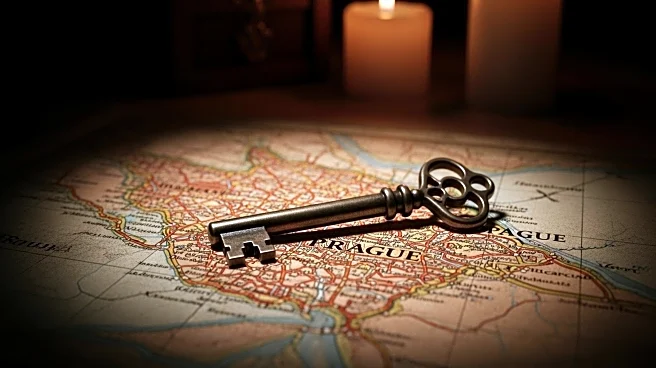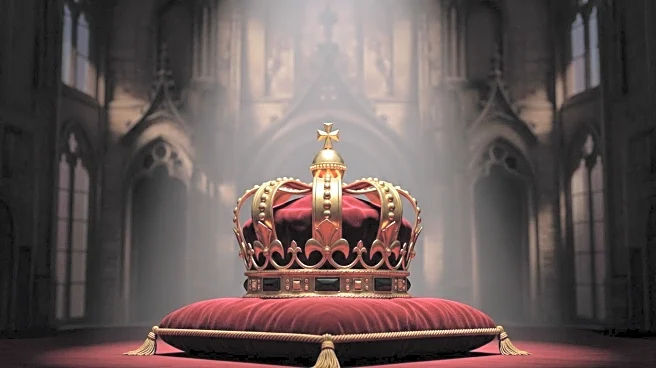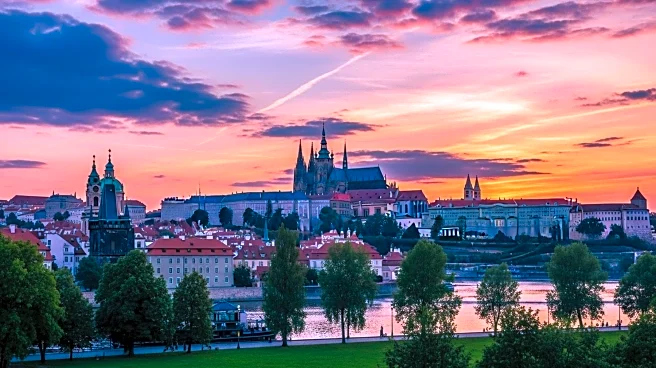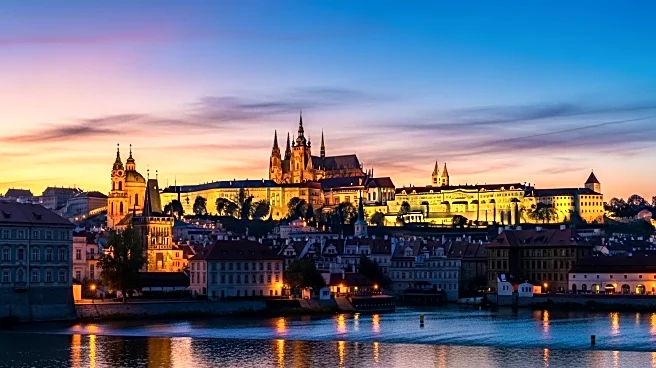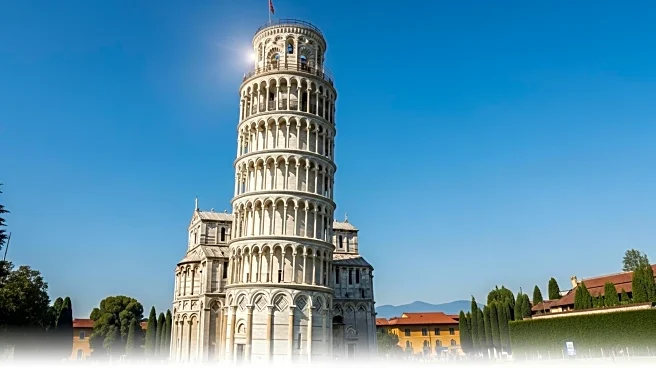Prague's history is a tapestry of significant events and transformations that have shaped the city into what it is today. From its origins as a medieval settlement to its current status as the capital of the Czech Republic, Prague's timeline is marked by pivotal moments that have influenced its development and legacy. The city's journey through time reflects its resilience and adaptability in the face of historical challenges.
Origins
Prague's origins date back to the 9th century when it was established as a medieval settlement. The city's strategic location on the Vltava River made it a center for trade and commerce, attracting merchants and settlers. The early development of Prague laid the foundation for its future growth and significance.
Key Phases
Throughout its history, Prague has undergone several key phases of development. The city's role as the capital of the Kingdom of Bohemia and its position within the Holy Roman Empire were crucial in shaping its political and cultural identity. The architectural evolution of Prague, with styles ranging from Romanesque to Baroque, reflects these phases of growth and transformation.
Turning Points
Prague has experienced several turning points that have defined its historical trajectory. The city's involvement in the Bohemian and Protestant Reformations, as well as the Thirty Years' War, were significant events that influenced its cultural and political landscape. The Velvet Revolution and the subsequent split of Czechoslovakia marked a new era for Prague, establishing it as the capital of the Czech Republic.
Present Status in Source
Today, Prague stands as a vibrant and dynamic city, known for its historical architecture and cultural significance. As the capital of the Czech Republic, Prague continues to play a central role in European politics and culture. The city's rich history and enduring legacy make it a popular destination for tourists and scholars alike.
 Discover Daily • 8 min read
Discover Daily • 8 min read 